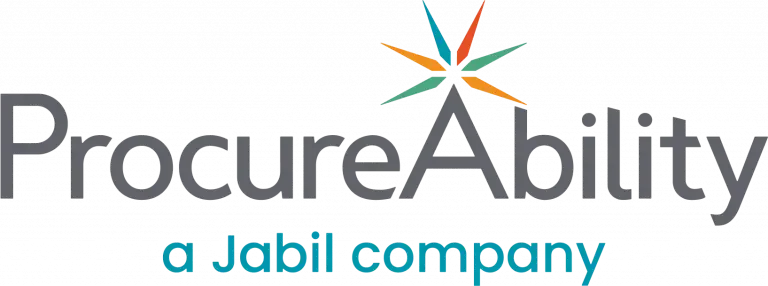
In procurement, Strategic Fit means aligning the company’s competitive strategy with its supply chain strategy. When these goals are in sync, procurement is positioned to deliver maximum value. Achieving strategic fit helps the business operate efficiently, manage risk, and respond quickly to changing needs.
To reach strategic fit, procurement professionals must focus on three foundational elements:
-
Understanding customer requirements and uncertainties
-
Aligning with procurement capabilities
-
Delivering the right level of procurement responsiveness
Let’s break down each of these steps.
Step 1: Understand Customer Requirements and Uncertainties
Procurement’s first responsibility is to understand what the business and its internal customers actually need. This involves gathering key information about project goals, budget, and scope—but it also includes uncovering risks, preferences, and expectations. Establishing Voice of Customer (VOC) is critical. This process helps procurement capture the full picture of what the customer values most. It can be done through structured conversations or discovery meetings focused on areas such as:
- Quality: reliability, performance, potential for rework
- Cost: target spend, purchase price, lifecycle value
- Delivery: lead times, turnaround times, cycle times
- Service and Safety: post-purchase service, maintenance needs, safety standards
- Corporate Responsibility: sustainability goals, supplier diversity, ethical practices
By clarifying these inputs early, procurement can define the Critical Customer Requirements (CCR); a key step in aligning sourcing strategies with business objectives.
Step 2: Assess Procurement Capabilities
Once customer requirements are clear, procurement must assess its ability to meet those needs. This step involves translating VOC into CCR requirements that are specific, measurable, and actionable. Critical Customer Requirements (CCR) should:
- Reflect what matters most to the customer
- Include performance targets or acceptable ranges
- Be realistic within procurement’s existing supplier network and sourcing strategies
For example, a customer might want “short lead times.” Procurement’s role is to translate that into a specific metric (e.g., “delivery within five business days”) and evaluate if current suppliers can support that expectation. When gaps exist between what the customer wants and what procurement can deliver, the team must either manage expectations or explore new sourcing options. This ensures procurement delivers real value while staying within operational constraints.
Step 3: Deliver the Right Level of Procurement Responsiveness
The final step in achieving strategic fit is enabling procurement responsiveness. This means adjusting procurement’s approach based on demand variability, supply risk, and urgency. For instance, a consumer goods company with seasonal demand may need flexible sourcing strategies while a manufacturer requiring high-reliability components may prioritize supplier quality and contingency planning.
Procurement responsiveness could involve:
- Onboarding secondary suppliers
- Building buffer inventory
- Negotiating flexible delivery terms
- Collaborating with suppliers to increase production capacity
This dynamic approach ensures procurement can adapt to change, whether it’s shifting customer needs, supply chain disruptions, or new business priorities.
Why Strategic Fit Matters in Procurement
When procurement achieves strategic fit, it becomes a true strategic partner to the business. It can deliver cost savings, reduce risk, and improve supply chain performance—while also supporting long-term growth and innovation. Strategic fit allows procurement to:
- Align sourcing strategies with company goals
- Improve supplier collaboration and performance
- Support ESG and diversity objectives
- Respond more effectively to uncertainty and disruption
While achieving strategic fit requires effort, it ultimately creates a more resilient and efficient procurement function. And once established, it provides a strong foundation for value creation, stakeholder alignment, and long-term success.



